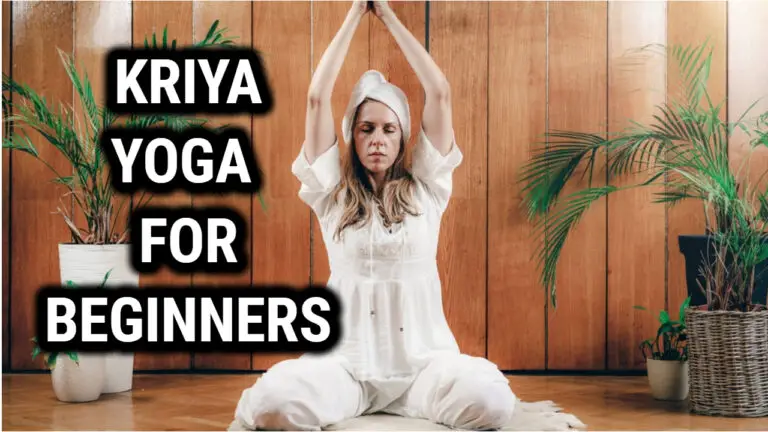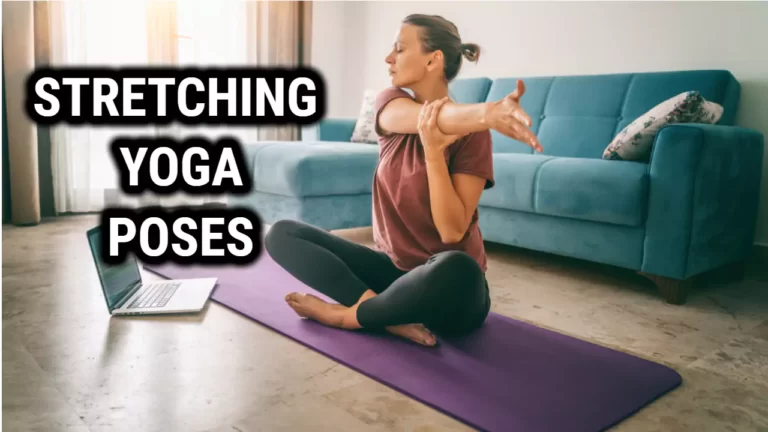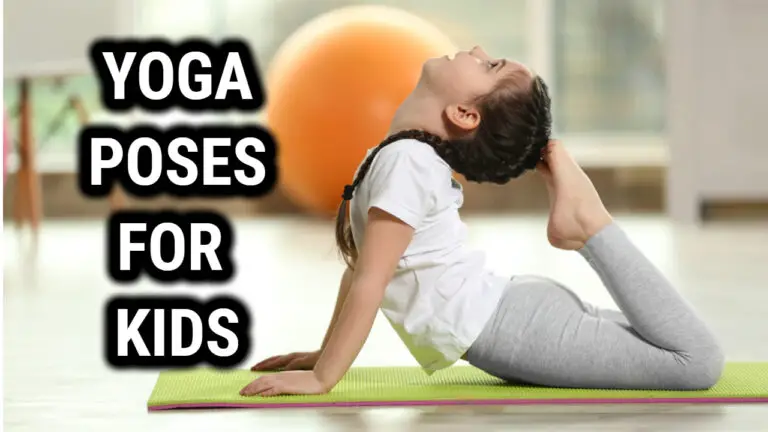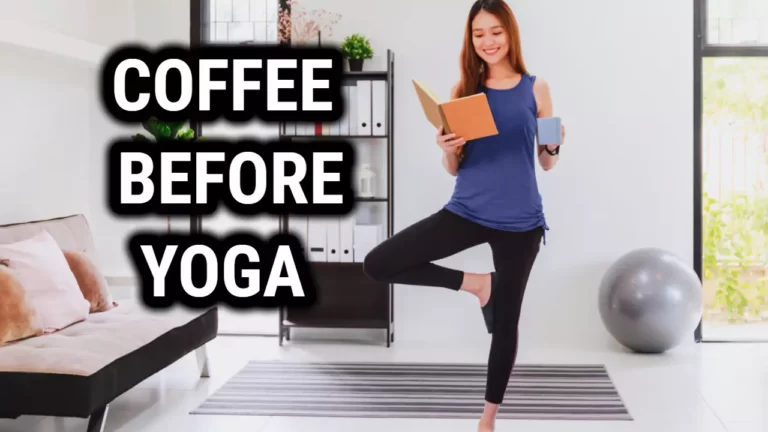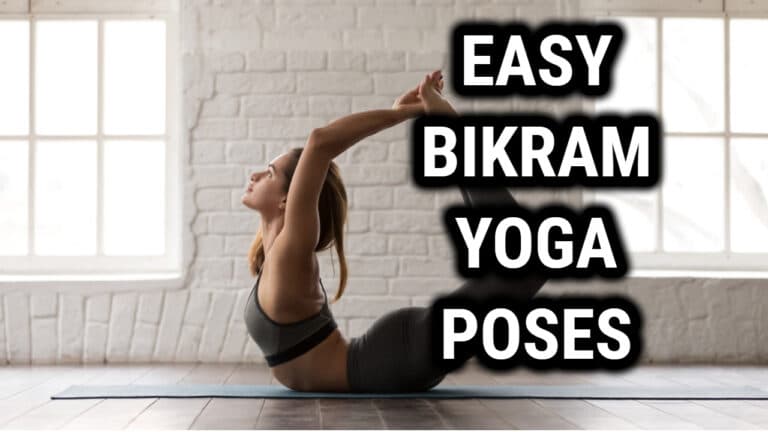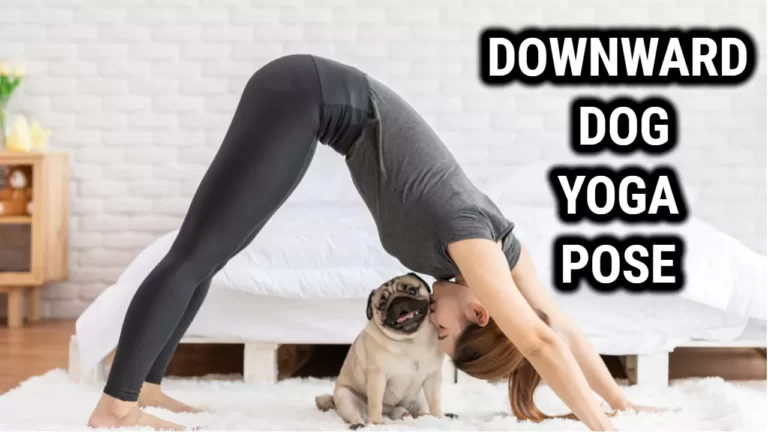What Are Backbend Yoga Poses
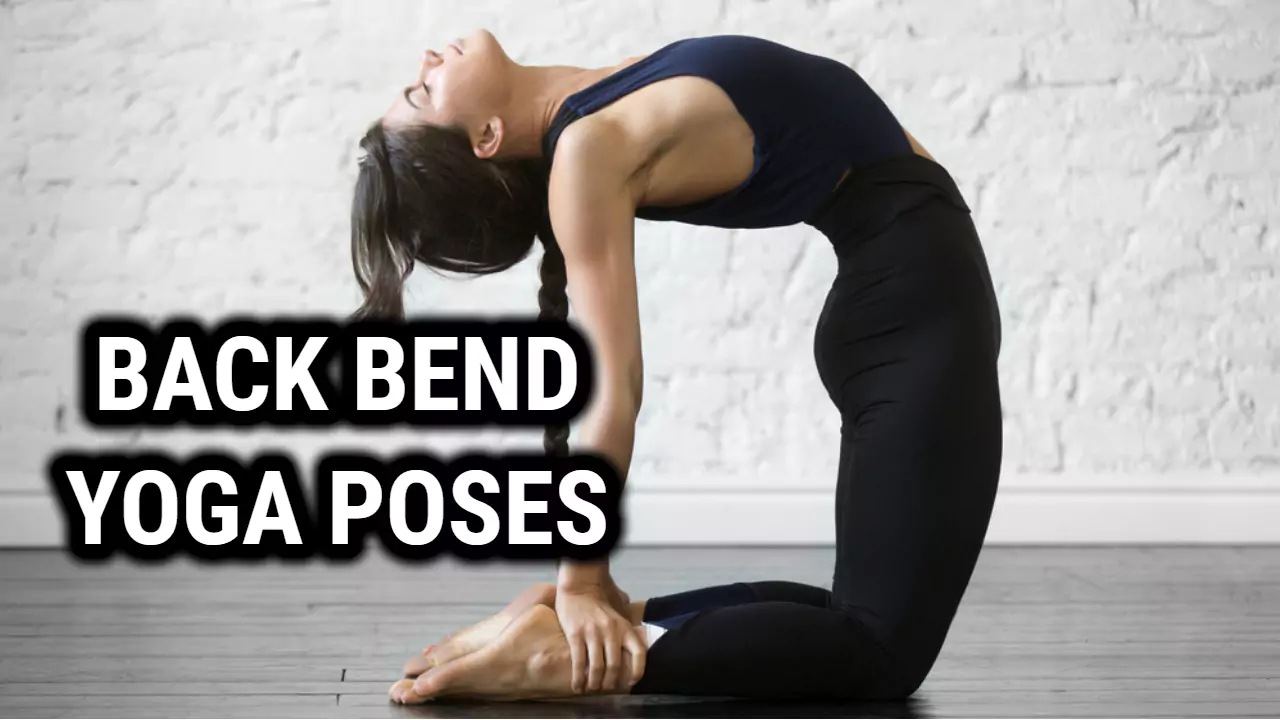
One of the most exciting aspects of yoga is backbend poses. These poses can help to strengthen the back muscles, release tension from the spine, and improve overall flexibility.
Backbend yoga poses can be challenging but they are also incredibly rewarding. Not only do they give you a sense of accomplishment when you master them, but they also offer a variety of physical and mental benefits. They can help to increase your energy levels, boost your mood, and even improve your posture. Plus, they’re fun to practice!
In this article, we’ll explore what backbend yoga poses are and how you can work them into your practice. We’ll look at different variations to suit all skill levels as well as the various health benefits that these poses bring. So if you’re looking for something new to add to your routine or just want to learn more about this type of yoga pose, then read on!
Benefits of Backbend Yoga Poses
Backbend yoga poses offer a range of benefits for both the mind and body. Here are some of the benefits of incorporating backbends into your yoga practice:
- Strengthens the back muscles: Backbends work the muscles of the back, including the erector spinae, which help to maintain good posture and spinal alignment.
- Alleviates back pain: By strengthening the back muscles and increasing flexibility in the spine, backbends can help to alleviate back pain.
- Stretches the hip flexors: Many backbend poses involve opening the front of the body, which can help to stretch the hip flexors.
- Improves posture: Backbends help to improve posture by strengthening the muscles of the back and opening the chest.
- Activates prana life-force energy: According to yoga philosophy, backbends help to activate the prana life-force energy in the body, which can lead to a sense of vitality and well-being.
- Increases circulation: Backbends can help to increase circulation throughout the body, which can promote healing and overall health.
- Boosts mood: The energizing and invigorating nature of backbends can help to boost mood and reduce stress and anxiety.
- Opens up the shoulders and chest: Many backbend poses involve opening the shoulders and chest, which can help to counteract the effects of hunching over a computer or phone.
- Stimulates the heart chakra: According to yoga philosophy, backbends help to stimulate the heart chakra, which is associated with love, compassion, and emotional balance.
- Improves breathing: Backbends can help to improve breathing by opening up the chest and lungs, allowing for deeper, more expansive breaths.
Overall, incorporating backbend yoga poses into your practice can offer a range of physical and mental benefits. However, it is important to approach backbends with caution and to work with a qualified yoga teacher to ensure proper alignment and avoid injury.
Common Backbend Yoga Poses
Backbend yoga poses are an excellent way to stretch and strengthen the muscles of the back, shoulders, and chest. Here are some of the most common backbend yoga poses:
- Cobra Pose: This pose is great for strengthening the back muscles and improving posture. To do it, lie face down on the mat with your hands under your shoulders. Press into your hands and lift your chest off the ground, keeping your elbows close to your body.
- Bridge Pose: This pose is excellent for stretching the chest and shoulders, as well as strengthening the back and legs. To do it, lie on your back with your knees bent and your feet flat on the ground. Lift your hips up toward the ceiling while pressing your feet and arms into the ground.
- Upward-Facing Dog Pose: This pose is a more advanced version of the cobra pose and is great for strengthening the arms, shoulders, and back muscles. To do it, start in a plank position, then lower your body down to the ground. Press into your hands and lift your chest up, keeping your legs and hips on the ground.
- Wheel Pose: This pose is a challenging backbend that requires a lot of strength and flexibility. To do it, lie on your back with your knees bent and your feet flat on the ground. Place your hands next to your ears and press into them to lift your hips and chest up toward the ceiling.
- Camel Pose: is a yoga posture that stretches the entirety of the front body, from the thighs to the neck. It is often used as a backbend warm-up, as it is a relatively accessible pose for beginners. To perform the pose, begin in a kneeling position with the legs hip-distance apart. Reach the arms back towards the feet and lift the chest, arching the spine and pressing the hips forward. As the spine continues to arch, reach the hands back towards the heels. Hold the pose for several deep breaths, then release and return to a neutral position.
Additional Backbend Yoga Poses
- Urdhva Dhanurasana (Upward Bow Pose)
- Dhanurasana (Bow Pose)
- Kapotasana (Pigeon Pose)
- Bhujangasana (Cobra Pose)
- Eka Pada Rajakapotasana (One-Legged King Pigeon Pose)
- Urdhva Mukha Svanasana (Upward Facing Dog Pose)
It’s important to remember that backbend yoga poses can be challenging, especially if you’re new to yoga or have a history of back pain. Always listen to your body and only go as far as feels comfortable.
If you’re not sure how to do a pose safely, it’s best to work with a qualified yoga teacher who can guide you through the movements and make sure you’re doing them correctly.
Also Read: Upper Back Yoga Poses: Imporve Your Posture and Strengthen Your Upper Body
How to Safely Practice Backbend Yoga Poses
Backbend yoga poses can be challenging, but with proper practice and alignment, they can be a great way to increase flexibility and strength in the spine, shoulders, and hips. Here are some tips for practicing backbends safely:
- Warm up: Before practicing backbends, it’s important to warm up the body with some gentle stretches and movements. This can include sun salutations, cat-cow stretches, and seated twists.
- Engage the core: To protect the lower back, it’s important to engage the core muscles during backbends. This can be done by drawing the belly button towards the spine and lifting the pelvic floor.
- Use props: Props such as blocks, blankets, and straps can be helpful in backbend poses to provide support and help maintain proper alignment. For example, a block can be placed under the hands in upward facing dog to prevent the shoulders from collapsing.
- Listen to your body: It’s important to listen to your body and not push beyond your limits in backbend poses. If you feel pain or discomfort, back off and modify the pose as needed.
Modifications for Backbend Yoga Poses
Backbend yoga poses can be challenging for some practitioners, especially those with limited flexibility or injuries. Fortunately, there are modifications that can be made to make these poses more accessible and safe.
One modification is to use props such as blocks, blankets, or straps to support the body and reduce the intensity of the backbend.
For example, in Camel Pose, a block can be placed under the hands to bring the floor closer and provide more stability. In Wheel Pose, a strap can be used to assist in lifting the hips and keeping the arms in alignment.
Another modification is to practice a gentler version of the pose. For example, instead of full Wheel Pose, one can practice Half Wheel Pose or Bridge Pose. These poses still provide the benefits of a backbend while being less intense on the spine and shoulders.
It is also important to listen to the body and not push beyond its limits. Practitioners should avoid forcing themselves into a pose and instead focus on finding a comfortable edge where they can breathe and relax. This may mean practicing a less intense version of the pose or staying in the pose for a shorter amount of time.
Finally, modifications can also be made based on individual injuries or limitations. Practitioners should consult with their yoga teacher or a medical professional to determine the best modifications for their specific needs.
Related Read: What Are Some Beginner Yoga Postures To Lose Weight?
Conclusion
Backbend yoga poses are a great way to increase flexibility, mobility, and strength in the spine and surrounding muscles. Practicing backbends regularly can help improve posture, reduce back pain, and enhance overall physical and mental well-being.
It is important to approach backbends with caution and listen to your body. Beginners should start with gentle backbends and gradually work their way up to more advanced poses. It is also important to balance backbends with forward bends to maintain spinal health and prevent injury.
When practicing backbends, it is essential to engage the core muscles and avoid compressing the lower back. Using props such as blocks, straps, and blankets can help support the body and deepen the pose safely.
Overall, incorporating backbend yoga poses into your regular practice can provide numerous physical and mental benefits. With proper alignment, mindful breathing, and consistent practice, anyone can improve their backbending practice and experience the transformative power of yoga.
